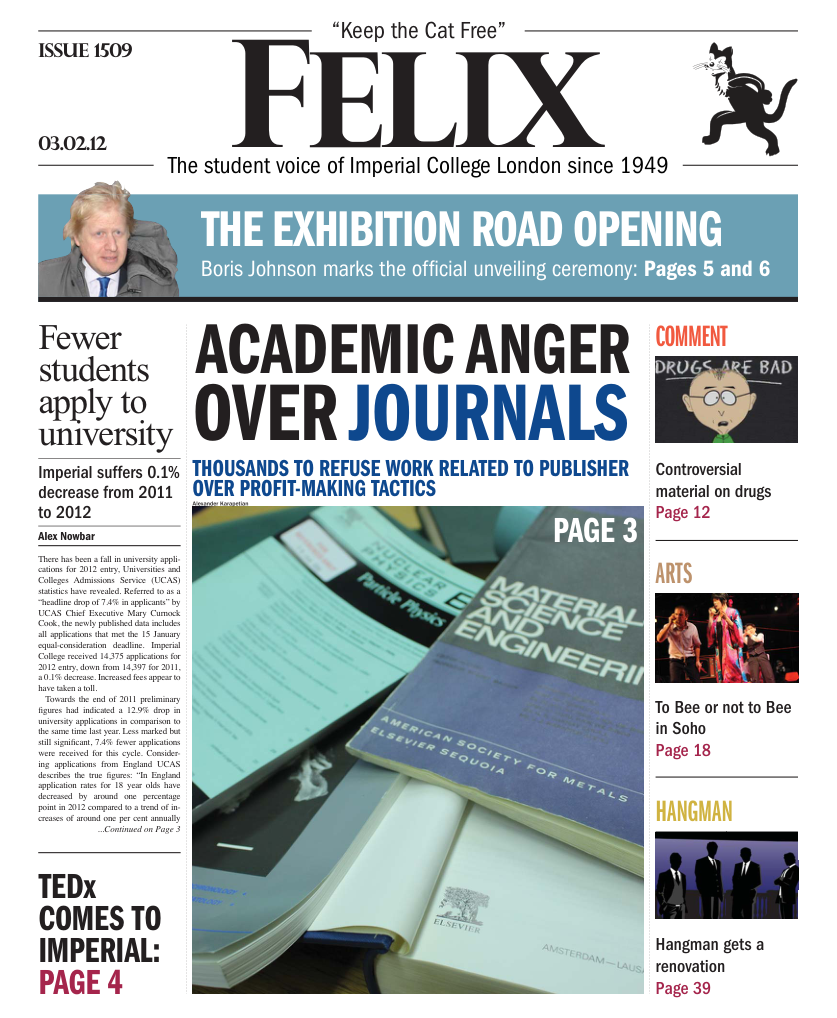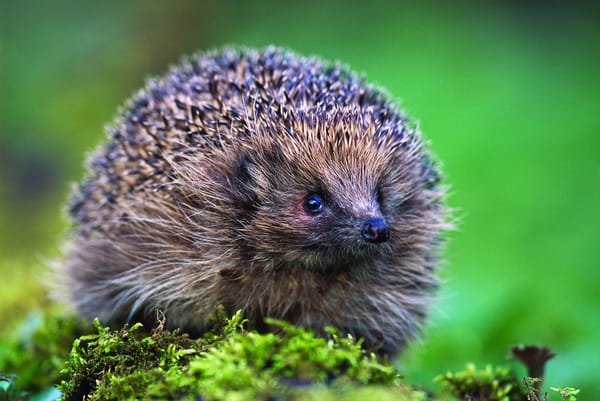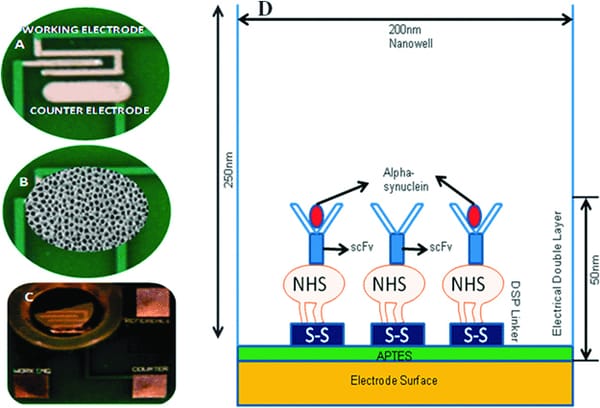Badgering the badgers
Christopher Nichols on why we should save the badgers from culling

Late last year, the environment secretary Caroline Spellman announced that badger culling would go ahead in 2012 in an effort to combat bovine tuberculosis (TB). Now that the locations of pilot culls have been named, the scheme is suddenly becoming a reality, but is the cull justified and will it be effective?
Badgers are one of Britain’s most enigmatic mammals due to their nocturnal nature, and are usually only seen either wombling across a road late at night or more likely, as road-kill. Traffic will be the least of the worries of badgers in parts of Gloucestershire and Somerset however, as these are the areas in which pilot culls will be implemented. Culling badgers is not a new phenomenon, with extermination efforts taking place on and off throughout the latter half of the twentieth century, and although the emphasis here is on ‘pilot’, there is the potential for more widespread action across the rest of the UK.
The cull is objectionable for two key reasons. On a deontological level, the cull represents humanity’s tendency for species-chauvinism. Environmental, and admittedly conservation, issues are often driven by the logic that humans are more important than, and have the authority to remove other species should they pose a threat. Which would be valid and defensible if the species in question was threatening human lives, for instance I’m sure less people would be opposed to eradicating the species of mosquito that carries malaria. The threat badgers pose however, is only to our cows, a non-essential element of human life, despite what some might claim, and so the organised killing of them for our benefit is unjustified.
Unfortunately in itself, this moral argument does not stand, as by the same reasoning I should be advocating vegetarianism – which I am not. A more convincing argument comes in the form of the scientific justification for the cull, or lack thereof, in that there is evidence that a cull may actually increase the spread of bovine TB rather than stem it. Amongst others this view is supported by Rosie Woodroffe, a senior research fellow at the Zoological Society of London, and her research. It was found that although a cull may marginally reduce the incidence of cattle TB in the focal area, badgers are likely to disperse as result of the disruption, and the areas in the vicinity could suffer an increased incidence of TB as a result.
Despite these anti-cull arguments, it is presumably still favoured by the Government because of the potential short term reduction in bovine tuberculosis a cull could bring. It is easy to see the appeal when it is estimated that roughly one billion pounds of the taxpayer’s money could be spent over the next ten years tackling the problem.
This would hold if it wasn’t for the method of cull chosen. To decrease the incidence of TB in cattle by a notable amount, an efficient method such as gassing must be used. Not, as the government has seen fit, the ‘farmers and their guns’ technique. Whilst this may serve to appease angry farmers with a grudge against badgers, I doubt the random shooting of badgers will actually have a significant impact on a population.
A preferred alternative to culling is vaccination, a method which has had some success in captive badgers. Studies are currently underway into its applicability in wild populations. This however is of no consolation to the badgers who will be culled in the coming year or the animal groups that are opposed to the cull. The only saving grace is that with any luck badgers will avoid being shot by exploiting a trait of theirs that the powers that be seem to have overlooked. Surely shooting nocturnal badgers in the dark is hardly going to yield fantastic results. The deaths of any that are unlucky enough to meet a gun-slinging farmer in the coming nights can be put down to little more than myopic mustelid murder.








